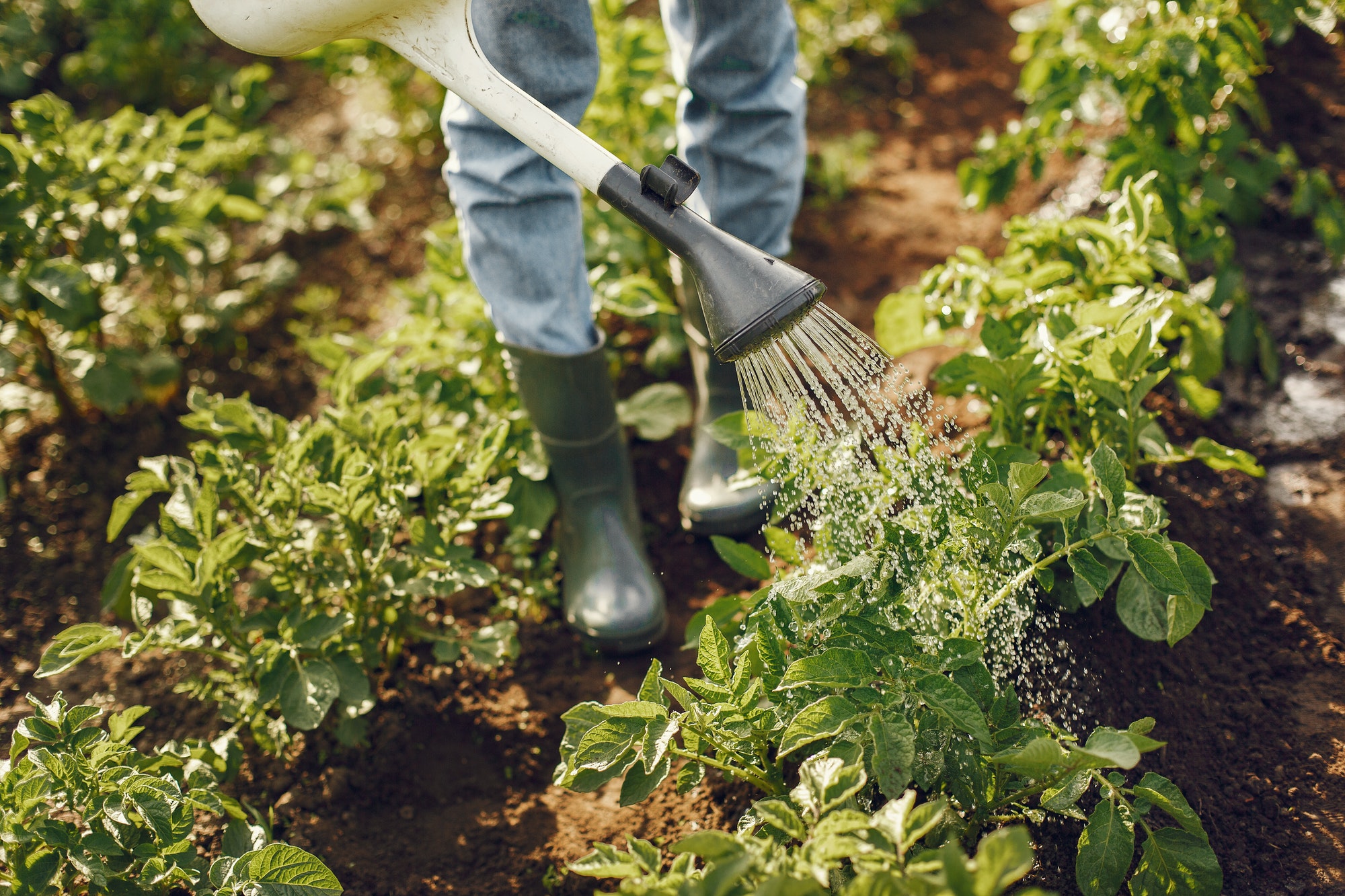There are many ways to choose the best Garden plants. First, you should determine which plants will thrive in your particular area. You can observe local gardeners or consult a State experimentation station to find out which perennials will thrive in your region. In addition, you should consider your space and your desired traits when choosing perennials. Here are some helpful tips. – Start by observing what you like about the plants you already have in your garden.
– Make sure to plant seeds at an optimal spacing for the desired size. The optimal spacing for most plants is six to twelve inches. However, you may choose to plant closer together if you prefer a compact look. In addition, this will reduce the risk of damping-off, which can kill seedlings if they grow too close to one another. Moreover, the spacing will keep the seedlings from accidentally seeding each other.
– Water regularly. Most plants require watering at least twice a week. Unless you’ve planted seedlings indoors, you must water them when the top layer of soil dries. The soil should be kept moist but not soggy. Don’t forget to fertilize them and keep them warm and well-lit. If you do everything correctly, your garden plants will flourish. Once you’ve established a good growing environment, you can enjoy the beauty of nature’s creations!
– Label your seedlings and pots. While you might think you’ll remember to label your seedlings’ pots and seedling packs, it’s likely you’ll soon forget which ones are which. This happens because some of them don’t look like the adult versions. You may be left wondering if you planted the right one. To avoid this, label your seedling pots or packs with the appropriate plant names.
– Plan your garden according to your climate. The climate you have may determine what plants grow best in your area. A good example is the geum. This plant can grow to six to 24 inches tall and is widely used in rock gardens, borders, and cutting gardens. It is drought-resistant and blooms in the spring and summer. – Plant it in a sunny location with plenty of light. – Space it 30 inches apart. – Choose a sunny spot for the geum.
– Check the soil’s water holding capacity. Soil must hold water from rain. To determine how much water your soil can hold, dig a hole about 10 inches deep and fill it with water. You can measure how much water stays in the hole for eight to ten hours. If the water is gone after that time, your soil permeability is not sufficient. You can substitute well-rotted compost for peat moss.
– Potting up a seedling is a good idea if you’re planning to transplant it into a garden. It helps the seedling to adjust to the new conditions. Its leaves will not be like the actual grown-up plant’s. But once the seedlings start growing, it’s time to transplant them. Choosing a new location can make the process easier and less stressful. You can even take your plants from one pot to another!

